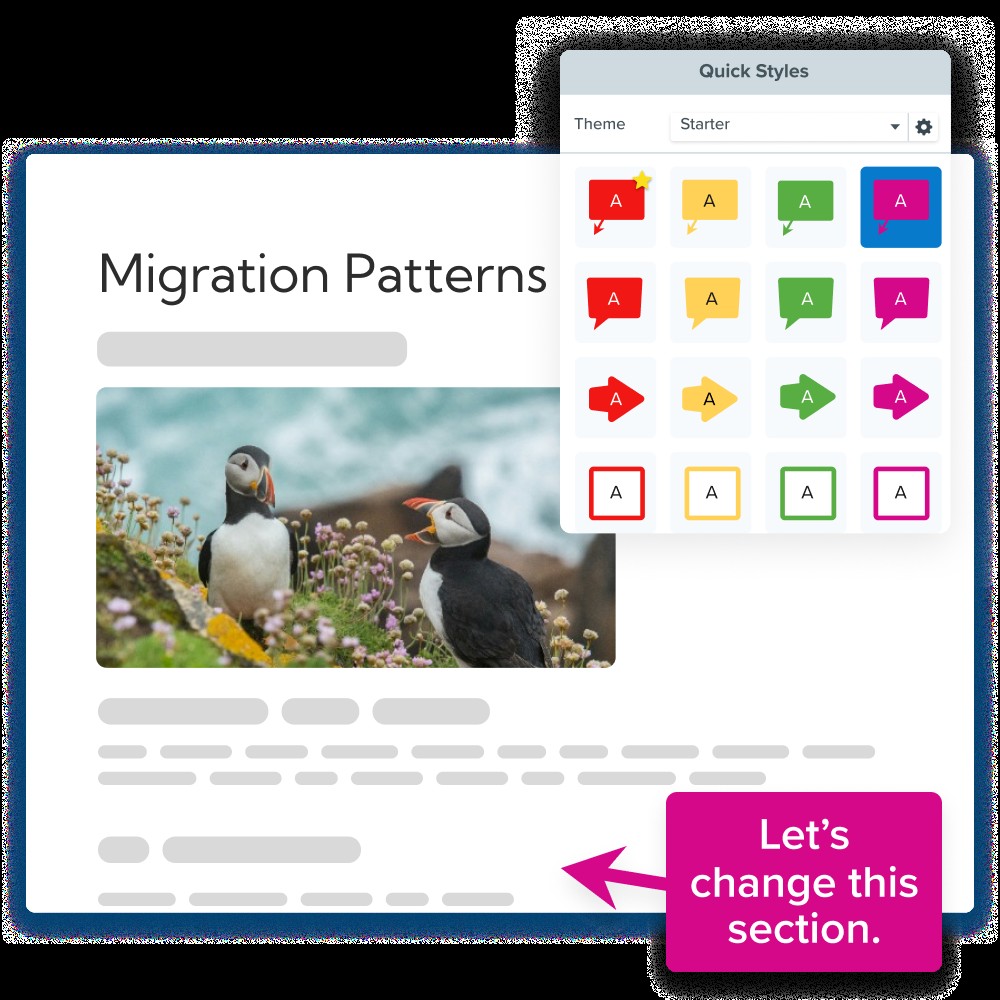Quick reference guides are indispensable tools for enhancing customer service and ensuring a positive user experience. They provide readily available information about a product, process, or service. This guide delves into the art of crafting effective reference guides.
Understanding Reference Guides
A quick reference guide is a concise document offering streamlined instructions on product usage. Typically limited to two pages, their complexity varies depending on the subject matter. They serve as a user-friendly bridge, enabling individuals to rapidly acquire fundamental knowledge.
While user manuals provide extensive details, quick reference guides prioritize brevity and accessibility. They offer immediate answers, catering to users who need information quickly. Common examples include keyboard shortcut lists, process flowcharts, and FAQs.
The Importance of Quick Reference Guides
These guides prove especially valuable when products or services offer a range of functionalities, from basic to advanced.
Consider a modern stove with options like Convection Bake, Roast, and Bread Proof, replacing a simple, older model. Instead of a traditional knob, it features a digital display. A quick-start guide provided by the manufacturer becomes invaluable, allowing users to quickly begin with basic baking. This guide serves as a “cheat sheet,” offering instant access to essential information. The complete manual remains available for those ready to explore advanced features later.
Six Steps to Creating an Effective Quick Reference Guide
Creating a quick reference guide demands the right tools. Using software like Microsoft Word can be time-consuming and frustrating. While a professional designer ensures visual appeal and effective information conveyance, tools like Snagit offer pre-designed templates for quick creation.
Snagit allows users to easily create professional-looking how-to guides with a drag-and-drop interface. Customization options, including color palettes, support brand consistency, fostering stronger customer relationships. TechSmith Assets for Snagit offers numerous downloadable templates if the default selection doesn’t meet your needs.
Here’s a step-by-step guide:
Step 1. Capture Screenshots
Begin by taking all necessary screenshots, adding annotations like arrows and text as required.
Step 2. Initiate Template Creation
In the Snagit Editor, select Create > Create Image from Template.
Step 3. Template Selection
Choose a suitable template from the available options.
Step 4. Image Integration
Drag screenshots from the Recent Images tray into the template’s placeholders.
Step 5. Image Adjustment
Resize and adjust screenshots within the template to fit the design.
Step 6. Text Addition
Add concise descriptions and instructions in the designated sections, and create a short, simple title.
Common Types of Quick Reference Guides
Understanding your audience’s needs is crucial for effective documentation.
Consider these questions: Do users need a quick start guide for basic features? Do they need a UX reference or a glossary of terms? Or perhaps an overview of core features?
What information will ease the transition for users switching from other software? Addressing differences in menu trees, icons, and feature names can accelerate product adoption and improve customer retention.
The information transferrable through a quick reference guide is vast, but the key lies in tailoring content to your audience’s specific needs. Here are some common examples:
- Quick-start guide: Helps users begin using a product quickly.
- Core or basic task guides: Provides an overview of the essential features.
- Guide to more advanced features: Introduces users to more complex functions.
- Guide to product changes: Walks users through significant software updates.
- Step-by-step how-to: Outlines a process sequentially.
- User manual for products with limited features: Serves as the primary documentation.
Essential Elements for Effective Guides
Know Your Audience
User documentation should address the specific tasks and information needs of your audience. Analyze online forums, customer surveys, and feedback from technical support to understand what your customers need.
Delivering the desired content will significantly contribute to the success of your quick reference materials.
Simplicity is Key
A quick reference guide should be, above all, quick. This means making information easily accessible and understandable.
- Use visuals: Emphasize visual communication and minimize large blocks of text. Use screenshots with annotations, icons, and product photos, with just enough text for clarity.
- Include only essential information: Keep the guide concise, ideally one to two pages. Avoid including the entire user manual; focus on vital information for specific tasks.
- Use a simple layout: A visually appealing and easy-to-follow layout is essential for usability.
Visual Content
Effective images, icons, screenshots, and other visuals are crucial for an engaging and useful quick reference guide. Visuals attract attention and serve as anchor points, enabling users to quickly locate important information. Research indicates that learning is enhanced with images and text compared to text alone.
Quick Reference Guide Dos and Don’ts
While guides vary in complexity, some guidelines remain universal:
Do
- Keep it concise (one to two pages).
- Use visuals like annotated screenshots and icons.
- Use a sensible layout with clear headings.
- Know your audience’s needs.
- Make it self-explanatory.
Don’t
- Overload information.
- Use tiny fonts.
- Use technical jargon.
- Repeat information.
Equipped with these guidelines, you can create helpful quick reference guides for your team and customers.
Quick Reference Guide FAQs
What is a quick-reference guide? A short document with condensed instructions for product usage.
Is a quick-start guide a type of quick-reference guide? Yes, it helps users quickly begin using a product.
What are some common types of quick-reference guides? Quick-start guides, core task guides, advanced feature guides, product change guides, step-by-step guides, and limited feature user manuals.
What are the essential elements for creating a good quick-reference guide? Know your audience, keep it simple, use a clean layout, and incorporate visual content.
